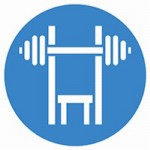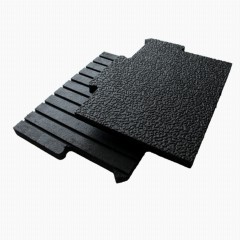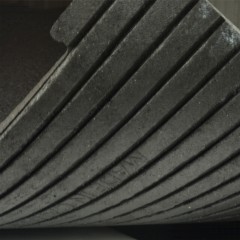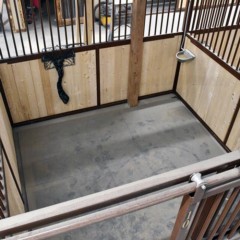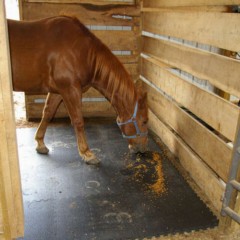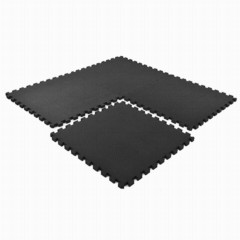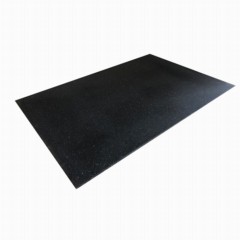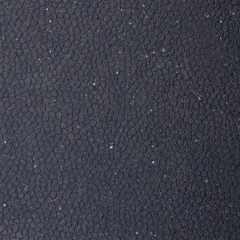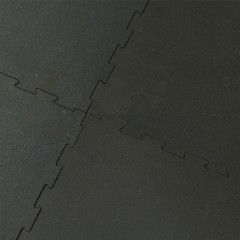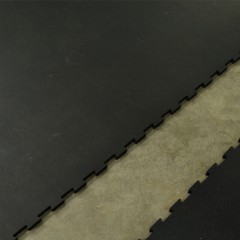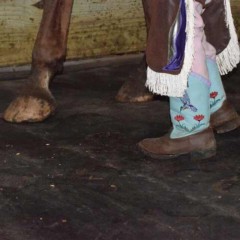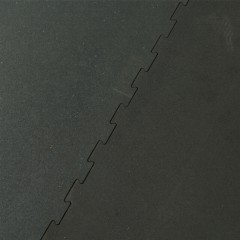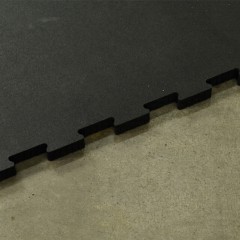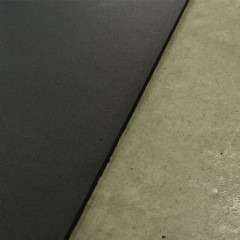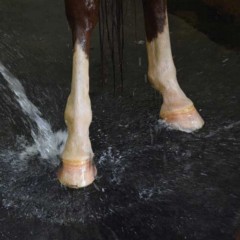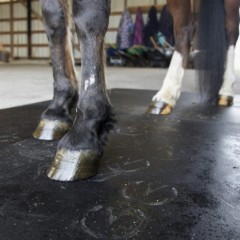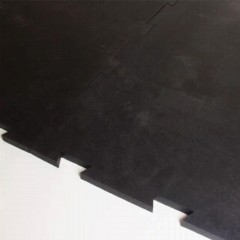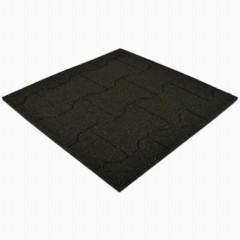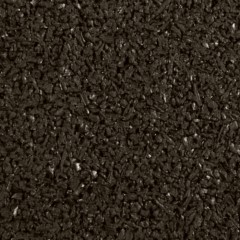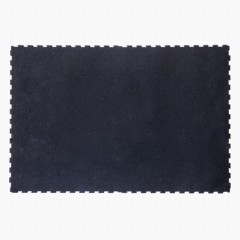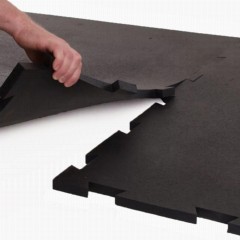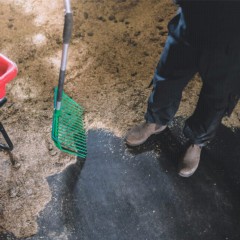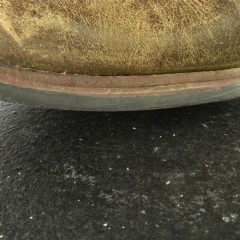Horse Stall Mats - Types & Options
At Greatmats, we offer horse stall mats and horse matting for sale in a range of thicknesses and coverage sizes, so you can use them in many areas of your farm or facility. Stall mats create a comfortable base and help reduce bedding. Please contact us for a quote, free samples, and the best shipping rates.
When you need a certain coverage size, we have products to meet your needs, all the way up to 12x24 feet.
Equine Stall Mats
- Straight edge stall mats are ideal for placing inside a stall since they create a comfortable and flat surface for horses to lie on. These barn mats can also be dry laid in a grooming stall or in your barn aisle.
- Interlocking stall mats fit together like puzzle pieces. They’re a popular choice for use in horse stalls, since their interlocking design can help to prevent bedding from being worked down in between the mats, making for easier stall cleaning.
- Horse stall mat kits come with all of the pieces you need for stall flooring of a certain size. You can save on the time and effort of cutting mats to fit your stall’s dimensions.
- Portable horse mats are lightweight and can be easily carried and installed. They’re often used when traveling to a show or clinic and can be a great way to cover the concrete floors that are often present in many facilities. Read about Barrel Racer Gracie Shepherd's experience with portable horse stall mats.
- Perforated horse mats are designed to maximize drainage and provide traction, even when wet. These mats are ideal for both indoor and outdoor wash stalls.
- Custom-designed stall mats are available if our preset sizes will not fit your space. Contact us for more information.
Rubber Horse Stall Kit Sizes
Portable Stall Mats
While rubber is often ideal for stall mats, it’s very heavy. That’s why our
portable mats are made of dense foam. The foam is strong enough to support a horse’s weight and offers an ideal cushion, but it’s not quite as durable as our equine rubber matting. It’s perfect for traveling with your horse, though.
Where to Use Horse Stall Mats
Stall Mats as Home Gym Flooring
Greatmats offers many
4x6 Rubber Stall Mats that are also popular for use as
DIY gym flooring. They can be dry laid, are strong enough to support the weight of heavy gym equipment, and thicker mats can help to absorb the shock of dropped weights.
Horse Mats Q&A
How thick should a horse stall mat be?
Typically,
3/4 inch is the standard thickness of horse mats. 1/2 inch mats can be used in equine stalls, but they will not provide as much cushion. Thinner mats are typically used in barn aisles and grooming areas where horses won't be standing for long periods of time. Thicker rubber weighs more and costs more than thinner rubber, but it also supports more weight, such as from a horse or in an area where you will be using barbells with large weight plates.
Rubber or portable foam horse mats?
Because rubber stall mats are extremely heavy, some people prefer a lighter option for transporting the mats for a horse show. We offer
interlocking EVA foam horse mats that are ideal for temporary usage in a situation where you need a quick setup. Stick with rubber horse stall mats for a permanent installation, though.
Can you use horse stall mats for home gyms?
Rubber interlocking stall mats are an excellent choice for creating a
safe space in a home gym. These have the thickness to protect the subfloor from dropped free weights or from heavy exercise equipment. They also cut down on noise from the machines.
How do you cut rubber mats for horse stalls?
Cutting rubber horse stall mats requires some patience. Lay the rubber stall mat across a 2x4 at the line you want to cut. Then make a series of shallow cuts with a utility knife, allowing the rubber to pull apart along the cut line.
What are the best economical choices for horse mats?
Interlocking mats that are thinner than average, such as 1/2 inch,
will cost less than 3/4-inch thick rubber stall mats for horses. However, the thinner material supports less weight than thicker options.
 $79040 /Kit You Save 20%$4.24/sqftShop$6840 /Each You Save 19%$2.90/sqftShop$39520 /Kit You Save 20%$3.38/sqftShop$9880 /Mat You Save 20%$4.27/sqftShop$39520 /Kit You Save 20%$4.06/sqftShop
$79040 /Kit You Save 20%$4.24/sqftShop$6840 /Each You Save 19%$2.90/sqftShop$39520 /Kit You Save 20%$3.38/sqftShop$9880 /Mat You Save 20%$4.27/sqftShop$39520 /Kit You Save 20%$4.06/sqftShop

